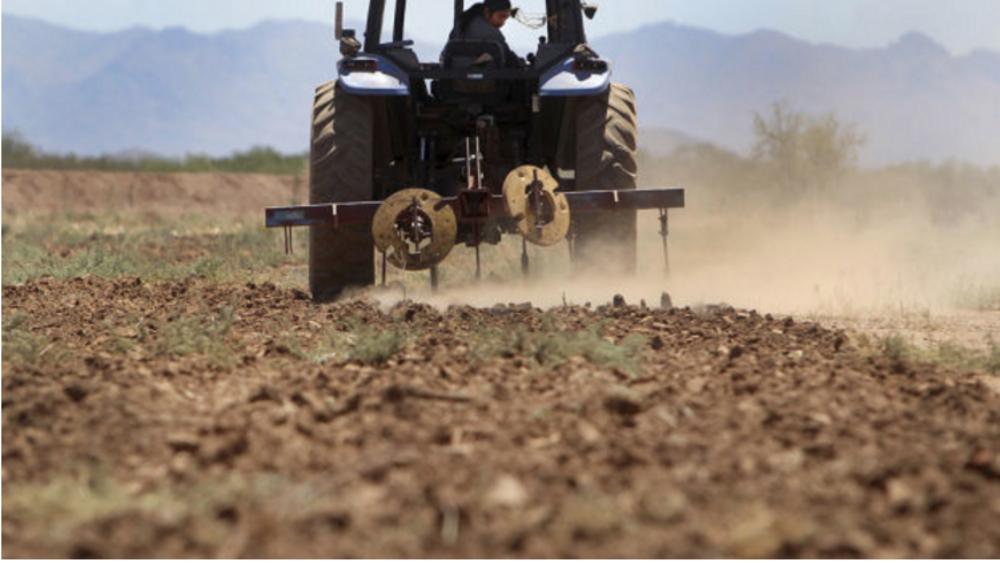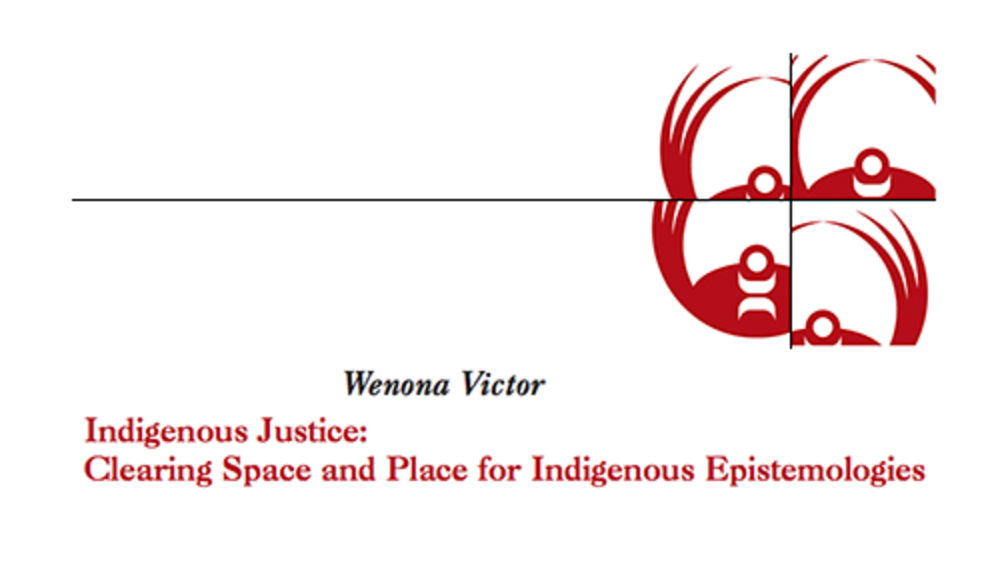Indigenous Governance Database
Model Indian Juvenile Code, 2016 Revision
Related Resources

A Solution: Sowing the future for tribal youth
For aspiring farmer, Vernal Sam, 24, the physical labor came easily. Like many Tohono O'odham, he'd helped out on his uncle's cattle ranch as a kid, bringing in cash when his family needed it, and he'd helped his grandfather bury traditional tepary beans and squash seeds in the brown clay soil.…

Youth Council Addresses Serious Problems in Michigan
Sarah Schilling, of the Little Traverse Bay Bands of Odawa Indians, is one of five 2013 Champions for Change chosen by the Center for Native American Youth. The 18-year-old is a recent high school graduate from Charlevoix, Michigan who was inspired by her participation and the youth-based efforts…

Indigenous Justice: Clearing Space and Place for Indigenous Epistemologies
The realization of Self Determination for Indigenous Peoples is an exhilarating and fascinating movement that encourages human perseverance and an unfaltering belief in human potential and responsibility. It is a multi-dimensional movement that acknowledges and accepts human flaws…

